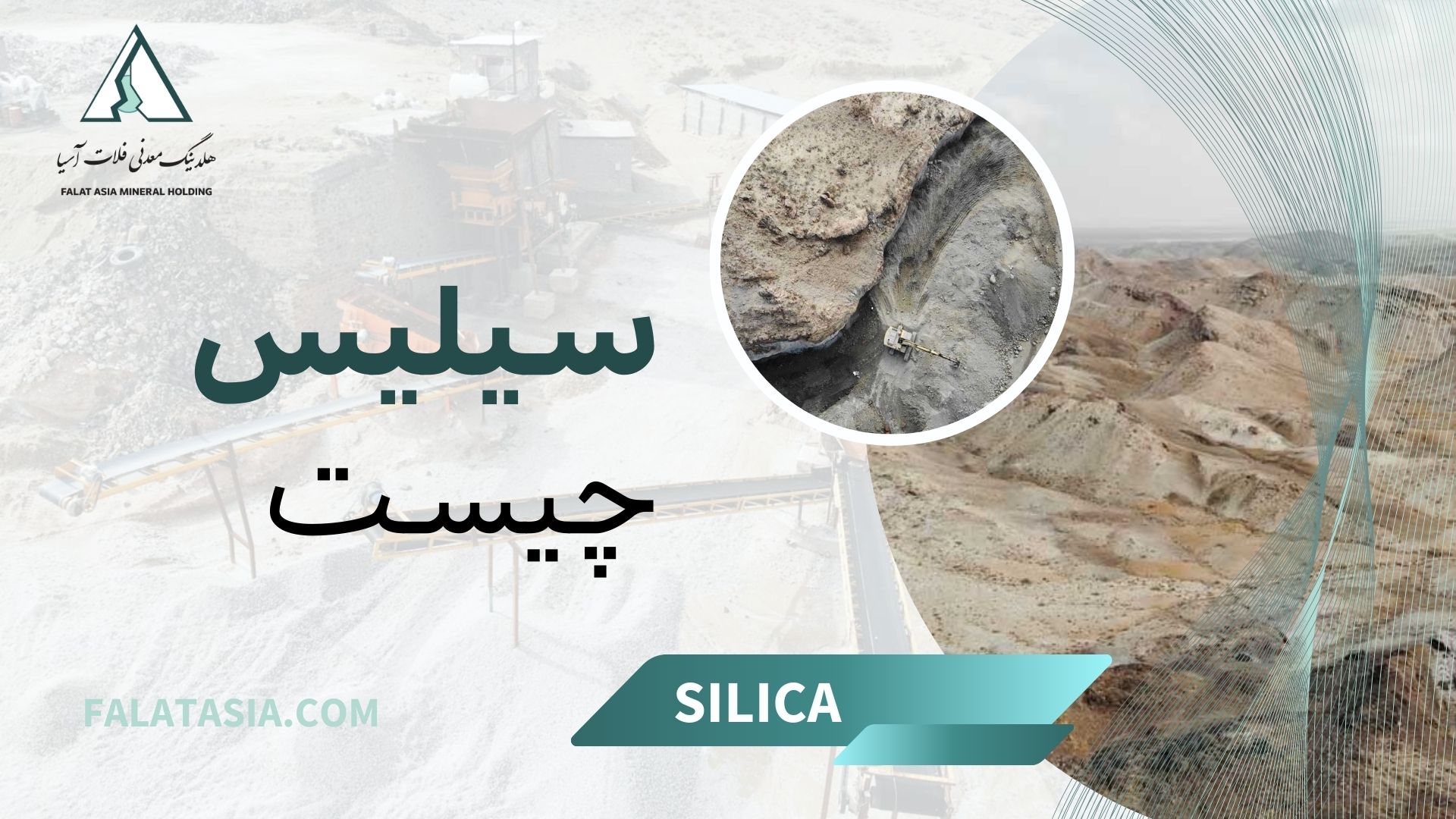Silica Stone
Silica is one of the most abundant and vital minerals in the world, widely used in industries such as construction, glassmaking, electronics, ceramics, medicine, and even water purification due to its unique physical and chemical properties. Composed primarily of silicon dioxide (SiO₂), silica occurs naturally in various rocks, sand, and soil, and it can exist in different crystalline forms like quartz or in an amorphous (non-crystalline) state.
Silica
Silica, or silicon dioxide (SiO₂), is a chemical compound made up of silicon and oxygen and is one of the most widely used minerals globally. Due to its abundance in nature, high hardness, and chemical stability, it serves as a key element in many modern industries.
Silica typically occurs in nature as quartz, a crystalline mineral, and also exists in an amorphous form, with glassy silica being one of the most notable examples, particularly used in the glassmaking industry.
Types of Silica
Silica is categorized based on its structure and formation into several types, the most important of which include:
Crystalline Silica
Crystalline silica is found in nature in a crystalline form, with quartz being the most famous type. This silica is especially used in industries like construction and glassmaking due to its hardness and stability.
Amorphous Silica
Amorphous silica lacks a crystalline structure and is seen in powder or glass forms. It is used in industries like rubber manufacturing, paint production, and as an absorbent material in water purification.
Precipitated Silica
This type of silica forms through the precipitation of silicon dioxide under specific environmental conditions and is used as a filter in the food and pharmaceutical industries.
Properties of Silica
High Hardness
One of the standout features of silica is its high hardness, with a Mohs hardness rating of 7. This makes it a highly resistant material in industrial processes involving abrasion.
Chemical Stability
Silica is resistant to many acids and chemicals, making it suitable for use in harsh chemical environments.
Transparency and Light Transmission
Due to its transparency and light transmission capabilities, silica is the primary material in the production of clear glass, optical lenses, and fiber optics.
High Thermal Resistance
Silica has outstanding thermal resistance and can withstand extremely high temperatures without deformation, making it an ideal material for making refractory products and heat-resistant glassware.
Applications of Silica
Due to its unique properties, silica is used in a wide range of industries. Some key applications include:
Glassmaking Industry
Glass is primarily made from silica. Its transparency and high resistance make silica the main ingredient in the production of window glass, bottles, glassware, and even optical glass like lenses.
Ceramics Industry
Silica is a fundamental material in the production of ceramics and tiles. Its high thermal resistance and chemical stability improve the quality of ceramic products.
Construction Industry
In construction, silica is a key component in cement and concrete. It enhances the durability and strength of concrete and is used as a reinforcing material in mortars and building coatings.
Electronics Industry
Silica is used in the production of semiconductor chips and integrated circuits. Silicon derived from silica is one of the main materials used in electronic components like chips, solar cells, and optical sensors.
Water Purification
Silica is used as an absorbent material in water purification. It can capture fine particles and contaminants in water, aiding in filtration and purification processes.
Fiber Optics
Due to its high transparency and ability to transmit light, silica is used in the production of fiber optic cables. These fibers are used for high-speed data transmission in telecommunications and internet networks.
Pharmaceutical and Cosmetic Industries
Silica is used in the production of certain pharmaceutical products and cosmetics. Due to its absorbent properties, it is found in antiperspirants and skin-protecting products.
Advantages of Using Silica
- Abundance and Cost Efficiency: Silica is abundant in nature, making it easy to extract and relatively inexpensive to produce silica-based products.
- High Hardness and Durability: Its resistance to abrasion and corrosion makes silica highly useful in many industrial processes.
- Transparency and Light Transmission: These qualities make silica ideal for optical glass and fiber optics.
Disadvantages of Using Silica
- Health Hazards: Prolonged inhalation of silica dust can cause respiratory diseases such as silicosis, particularly in industries like mining and construction, where safety measures are essential.
- Reactivity at High Temperatures: Although silica has high thermal resistance, it can react with certain materials at extremely high temperatures.
Silica Extraction and Processing
Silica is commonly extracted from sources such as quartz, sand, and gravel. The process involves mining raw materials and then processing them to achieve the required purity and granularity for various industries. Processing steps include crushing, washing, sieving, and sometimes heating, which helps produce high-quality silica suitable for specialized industries like glassmaking and electronics.
The Future of Silica Use
With technological advancements and the increasing demand for high-quality materials in various industries, the demand for silica is set to grow. Silica plays a key role in sectors like electronics, renewable energy (such as solar cells), and telecommunications (fiber optics). Furthermore, the development of innovative extraction and processing methods is expected to improve silica’s efficiency in emerging industries.
Conclusion
Silica, or silicon dioxide, is one of the most important minerals in various industries. Due to its abundance, hardness, transparency, and chemical stability, it has diverse applications. From glassmaking and ceramics to electronics and water purification, silica plays a key role in improving the quality of products and industrial processes. With growing demand in technology and environmental sectors, silica remains one of the most widely used minerals.



